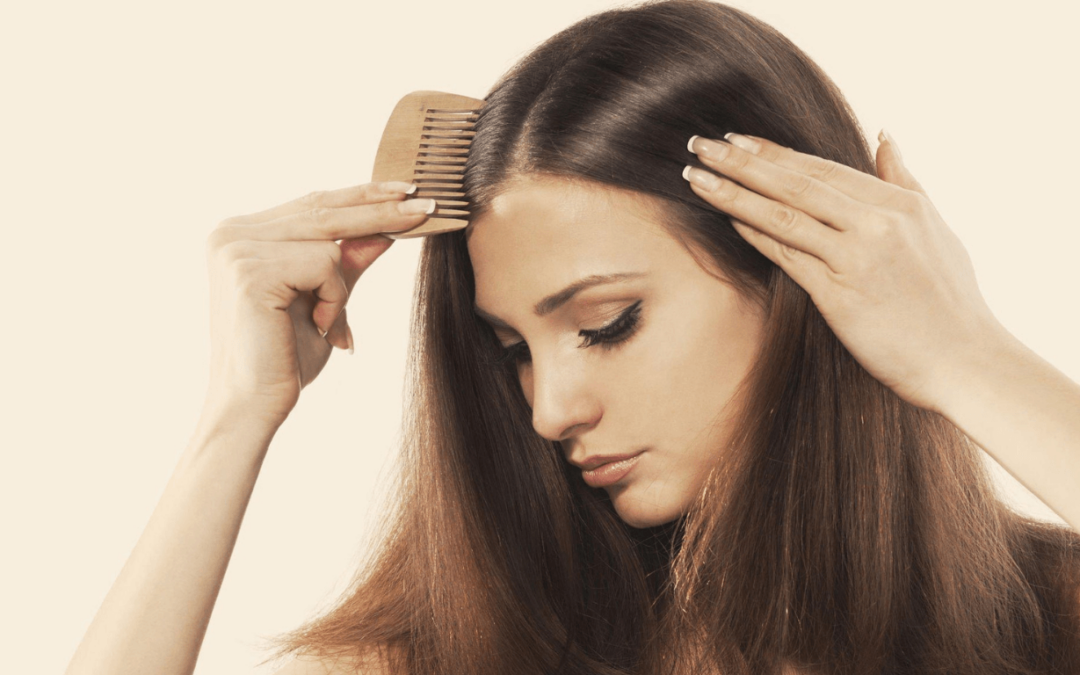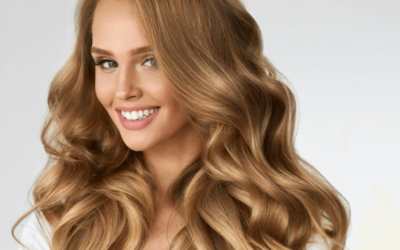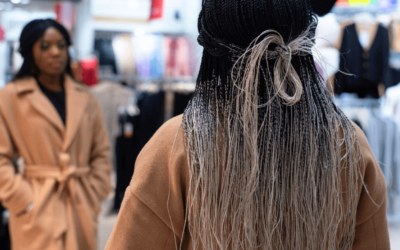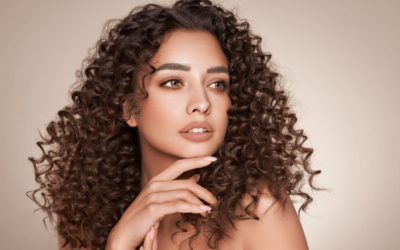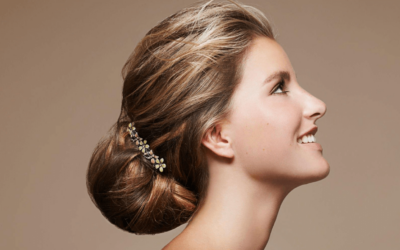Introduce the topic of hair thinning at the crown and its impact on self-confidence and overall appearance. Highlight the prevalence of crown hair loss among both men and women.
Set the stage for discussing the causes, prevention, and treatment options for hair thinning at the crown.
Understanding Hair Growth Cycle
Explain the natural hair growth cycle, which includes a growth phase (anagen), a resting phase (telogen), and a shedding phase. Emphasize that hair thinning at the crown is often a result of disruptions in this growth cycle.
Causes of Hair Thinning at the Crown
Discuss common causes such as genetics, hormonal imbalances, aging, and lifestyle factors.
Explain how hormonal changes, such as those experienced during menopause or pregnancy, can contribute to crown hair loss.
Discuss the role of stress, nutritional deficiencies, and certain medical conditions in causing thinning hair at the crown.
Recognizing the Signs of Crown Hair Thinning
Describe the visual indicators of hair thinning at the crown, such as increased scalp visibility, wider parting, or a visible decrease in hair density.
Provide tips for self-examination, including checking for widened part lines and monitoring hair loss patterns.
Prevention Strategies for Hair Thinning
Recommend a balanced diet rich in essential nutrients for promoting healthy hair growth.
Suggest lifestyle changes to reduce stress levels, improve sleep quality, and adopt a regular exercise routine.
Encourage the use of gentle hair care practices, including avoiding tight hairstyles and minimizing heat and chemical damage.
Hair Care Products for Thinning Hair
Discuss the benefits of using specialized hair care products formulated for thinning hair, such as volumizing shampoos, conditioners, and styling products.
Highlight key ingredients like biotin, caffeine, and keratin that can help strengthen and nourish the hair.
Styling Tips to Conceal Hair Thinning at the Crown
Offer creative styling tips to make the hair appear fuller, such as using volumizing mousses or sprays, teasing techniques, or strategic hair parting.
Recommend hairstyles like layered cuts or textured styles that add volume and disguise thinning at the crown.
Medical Treatments for Crown Hair Thinning
Discuss professional treatment options, such as topical minoxidil (Rogaine) or oral medications, that are approved for promoting hair growth and preventing further thinning.
Mention advanced procedures like platelet-rich plasma (PRP) therapy, low-level laser therapy (LLLT), and hair transplantation as potential options for individuals seeking more intensive treatments.
Scalp Massage and Stimulating Techniques
Discuss the benefits of regular scalp massage in promoting blood circulation and stimulating hair follicles.
Explain different scalp massage techniques, such as circular motions or gentle tapping, to encourage hair growth at the crown.
Essential Oils for Crown Hair Thinning
Highlight the potential benefits of essential oils like rosemary, lavender, and peppermint in promoting hair growth and thickness.
Provide instructions on how to use essential oils, such as diluting them in carrier oils and applying them to the scalp.
Dietary Supplements for Hair Health
Discuss the role of dietary supplements like biotin, vitamins (such as Biotin, Vitamin D, and Vitamin E), and minerals (such as Zinc and Iron) in supporting healthy hair growth.
Mention natural sources of these nutrients, such as eggs, nuts, seeds, and leafy green vegetables.
Lifestyle Adjustments for Hair Thinning
Encourage readers to adopt stress-management techniques, such as meditation, yoga, or deep breathing exercises, to minimize the impact of stress on hair health.
Highlight the importance of getting adequate sleep and maintaining a balanced lifestyle for overall hair well-being.
Professional Hair Treatments
Discuss salon treatments like scalp exfoliation, scalp microneedling, or laser therapy that may help improve the condition of the scalp and promote hair growth.
Recommend consulting with a professional hairstylist to explore customized treatments and solutions for hair thinning at the crown.
Coping with Hair Thinning Emotionally
Address the emotional impact of hair thinning and offer guidance on building self-confidence and accepting oneself during the journey.
Suggest resources like support groups, online communities, or counseling services to help individuals cope with the emotional aspects of crown hair thinning.
Hair Thinning in Men vs. Women
Discuss the differences in the pattern and causes of hair thinning between men and women.
Provide specific tips and treatment options tailored to each gender.
Long-Term Hair Care Routine
Provide a sample long-term hair care routine for managing crown hair thinning, including recommended products, maintenance tips, and regular check-ups with a hair care professional.
Seeking Professional Help
Encourage readers to consult with a dermatologist or trichologist for an accurate diagnosis and personalized treatment plan. Emphasize the importance of early intervention in managing hair thinning at the crown.
Conclusion
Summarize the key points discussed, including the causes, prevention strategies, and treatment options for hair thinning at the crown.
Reiterate the importance of a comprehensive approach that combines lifestyle changes, proper hair care, and professional guidance.
Empower readers by reminding them that hair thinning at the crown can be managed with the right knowledge and proactive steps.

